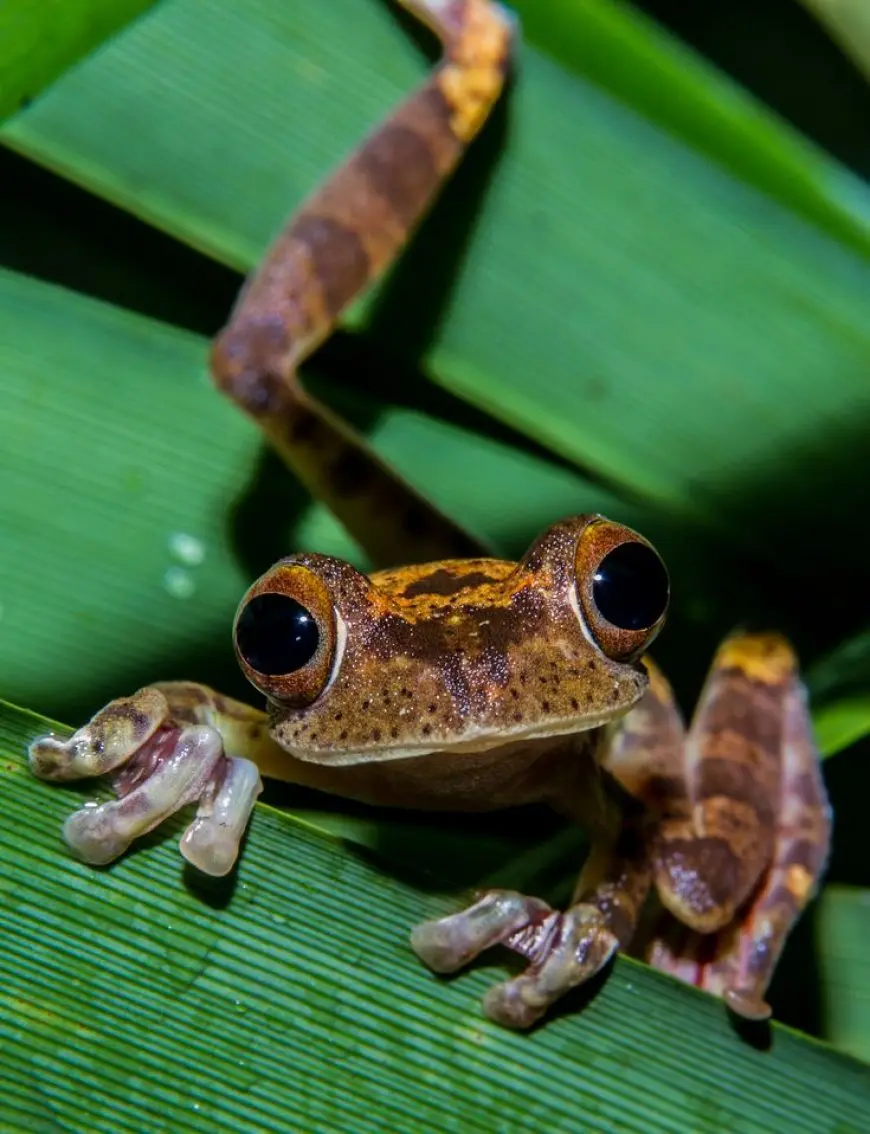How Human Activity Impacts Biodiversity
How Human Activity Impacts Biodiversity

Biodiversity, which refers to the variety of life on Earth, is essential for maintaining healthy ecosystems. However, human activities have increasingly disrupted this delicate balance, leading to significant impacts on species, habitats, and the environment as a whole. Understanding these effects is crucial for finding solutions to preserve biodiversity and promote sustainable coexistence with nature.
Human activity affects biodiversity in many ways, including through deforestation, habitat destruction, pollution, climate change, and the introduction of invasive species. Each of these factors contributes to the decline of species and the destabilization of ecosystems.
Deforestation and Habitat Destruction
One of the most significant ways human activity impacts biodiversity is through deforestation and habitat destruction. As forests are cleared for agriculture, urban development, and infrastructure, the habitats of countless species are destroyed. This loss of habitat is particularly harmful for species that are unable to adapt to new environments or migrate to safer areas. When ecosystems are fragmented or destroyed, the ability of species to find food, shelter, and mates is severely hindered. This can lead to population declines and, in many cases, extinction.
Pollution and Contamination
Pollution is another major threat to biodiversity. Human activities, such as industrial production, agriculture, and waste disposal, release harmful substances into the environment. These pollutants contaminate water, air, and soil, disrupting the health of ecosystems and threatening the survival of various species. For example, pesticides used in agriculture can poison non-target species, including beneficial insects, birds, and aquatic life. Similarly, plastic pollution in oceans and rivers harms marine animals, as they may ingest or become entangled in plastic debris. Polluted environments also create conditions that are hostile to certain species, making it difficult for them to thrive or reproduce.
Climate Change and Its Effects
Climate change, driven largely by human activities such as burning fossil fuels and deforestation, is altering the natural climate patterns that many species depend on. Changes in temperature, precipitation, and seasonal patterns can disrupt the timing of migration, reproduction, and food availability for various animals and plants. Some species may struggle to adapt to these changes, leading to population declines or shifts in distribution. For instance, many polar species, such as the polar bear, are threatened by melting ice due to rising temperatures, which reduces their access to food and breeding grounds. Climate change also intensifies extreme weather events, such as storms and droughts, further stressing ecosystems and biodiversity.
Invasive Species and Their Impact
The introduction of non-native species by humans, either intentionally or accidentally, has led to significant disruptions in ecosystems. Invasive species often outcompete or prey on native species, leading to declines in biodiversity. These species may lack natural predators or controls in their new environment, allowing them to spread rapidly and dominate local ecosystems. For example, the introduction of invasive plant species can alter soil chemistry, water availability, and food sources for native species, disrupting the balance of local ecosystems. Invasive animals, such as the brown tree snake in Guam, have caused the extinction of several native species.
Overexploitation of Natural Resources
Overexploitation of natural resources is another significant driver of biodiversity loss. Activities such as overfishing, hunting, and logging can deplete populations of species faster than they can reproduce. For example, the overfishing of certain fish species has led to the collapse of entire marine ecosystems, affecting not only the fish but also the species that depend on them for food. Similarly, poaching and illegal hunting have caused the decline of iconic species like elephants, rhinos, and tigers, pushing them toward the brink of extinction. Unsustainable logging practices destroy forests, which are home to a wide range of species, further contributing to biodiversity loss.
Conservation Efforts and Solutions
While human activity has caused significant harm to biodiversity, there are efforts underway to mitigate these impacts and protect the natural world. Conservation initiatives, such as the establishment of protected areas, wildlife corridors, and sustainable farming practices, aim to safeguard habitats and species. Additionally, international agreements like the Convention on Biological Diversity and efforts to combat climate change are helping to raise awareness and promote action on a global scale. By reducing pollution, protecting habitats, and promoting sustainable resource management, it is possible to slow down or even reverse some of the damage caused to biodiversity.
Human activity has undeniably played a major role in the decline of biodiversity, but it is also within our power to make positive changes. By recognizing the importance of biodiversity and taking proactive steps to mitigate the negative effects of our actions, we can help protect the richness of life on Earth. Ensuring the survival of species, preserving ecosystems, and fostering a balanced relationship with nature is essential for the well-being of future generations and the planet as a whole.







